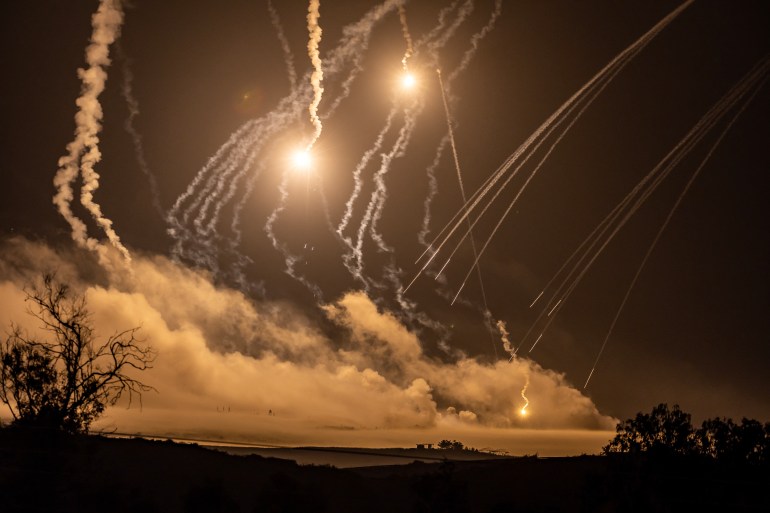Israel's attacks on Gaza: The weapons and scale of destruction
For over a month, Gaza’s night sky has been lit by the red glow of missile flashes, delivering death and destruction to its 2.3 million residents. It is the same during the day, except the colours are different, as Gaza’s blue skies are blackened with plumes of smoke rising from newly levelled homes.
Since the start of Israel’s latest assault on the Gaza Strip, following Hamas's surprise attack on October 7, its military has killed more than 10,500 people, at least 4,300 of whom are children. Thousands more are missing or entombed under the rubble.
Israel says it has struck at least 12,000 targets across the besieged Palestinian territory from October 7 to November 1, marking one of the most intense bombing campaigns in recent history.

Destruction equivalent of two nuclear bombs
According to the Euro-Med Human Rights Monitor, Israel has dropped more than 25,000 tonnes of explosives on the Gaza Strip since October 7, equivalent to two nuclear bombs.
In comparison, the Little Boy nuclear bomb dropped by the United States on Hiroshima during World War II yielded 15,000 tonnes of high explosives and destroyed everything within a one-mile (1.6km) radius.
The graphic below compares the cumulative explosive power of Israel’s bombs dropped on Gaza to other powerful explosions.
